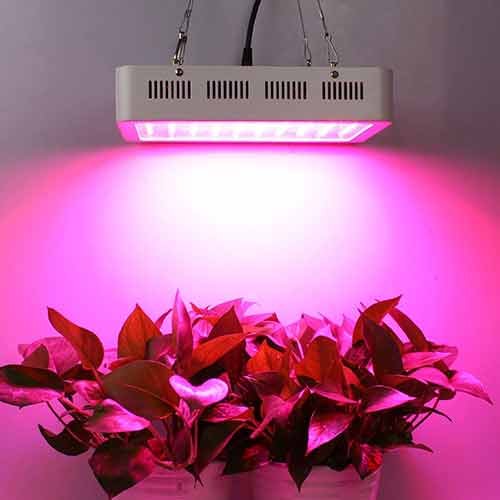In today’s urbanised environment lots of people are now living in accommodation that lacks significant day light. Should you continue to have a need to create many of the natural world indoors together with you, deficiency of sunlight is usually a significant hindrance. One response to this is to use artificial plant lighting along with the the smartest choice for the process can be an LED grow light.
Obviously there are additional choices for indoor plant lighting. Most popular amongst these option is incandescent and fluorescent systems.
The issue with incandescent lighting, in comparison to LED grow lights, is that they are extremely hot to the touch. This is a problem both with a user, who may burn themselves and young plants who will be prone to dry out and die under the intense heat. If the lights are used inside a confined space this part of heat generation can be an important factor that may require additional ventilation merely to keep temperature levels within an acceptable level. Evidently this ventilation is more expensive money and enhances what could otherwise are most often a low priced system to put in.

Fluorescent plant lighting creates almost no heat along with this respect is a much better option. Fluorescent plant lights do require ballast units to work correctly which units could be a bulky addition for how big is guarana lights themselves. These plant lights do not require additional ventilation if used on a small scale and basic installations be cheaper. One problem with fluorescent plant lights are that they’re not directional. Because of this to be used efficiently reflectors are required. This factor, together with installing of additional wiring for ballast units complicates these plant light installations.
LED grow lights have no mentioned before disadvantages. An LED plant light is warm to the touch, and not so hot that it would damage either delicate plants or hands of an user who gets too close. As such, LED grow lights require no additional ventilation.
There are more advantages too. An LED plant light, with a rating of 80 watts, provides an equivalent level of lighting to that which a 400 watt ruthless sodium (HPS) light would deliver. Over time, this is often a significant saving and considering the fact that an LED grow light lasts 50-80,000 hours this may mean a tidy sum. Additionally, the sunshine made by an LED grow light is directional and so requires no additional, heavy, metal reflectors.
Overall, although LED grow lighting is costlier to put in initially, they’re an exceptional means to fix providing effective indoor plant lighting
To learn more about best indoor grow lights please visit internet page: click site.
